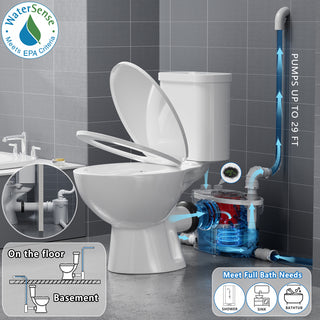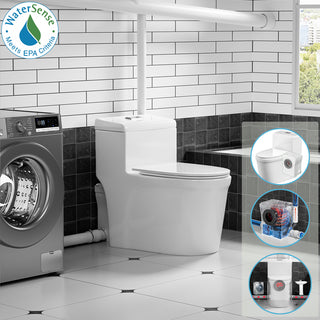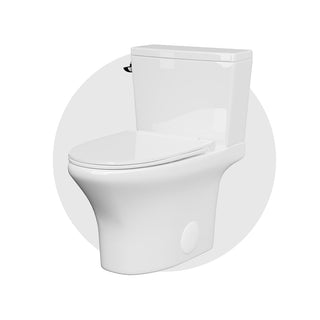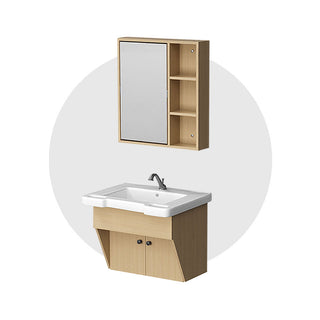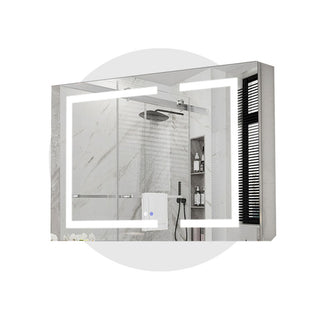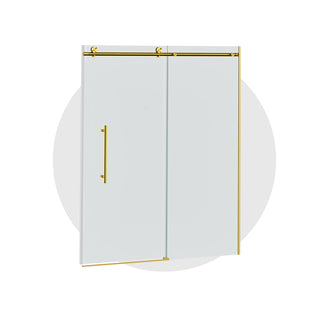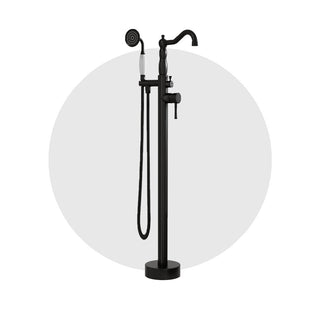In certain home renovation projects—especially basement remodels or spaces without existing below-floor drainage—traditional gravity-fed toilets may be difficult or costly to install. That’s where a macerating toilet, or upflush toilet, offers a smart solution. These toilets feature a built-in pump and blade system that grinds waste and pushes it through small-diameter pipes, allowing for flexible installation both below and away from the main drain stack.
In these scenarios, some homeowners or plumbers consider connecting the macerating toilet to an existing horizontal cleanout, hoping to use the cleanout as a discharge point and avoid tearing into walls or floors. But is this a safe, legal, and long-term solution?
Let’s take a deeper look.
What Is a Horizontal Cleanout?
A cleanout is a capped pipe access point designed for clearing blockages in a building’s drain system. They are typically installed at critical junctions and bends in the drain line—either vertically (going down into the ground) or horizontally (along the main waste line).
While cleanouts provide convenient access for sewer cleaning or inspection, they are not designed to receive continuous or pressurized waste discharge. A horizontal cleanout, in particular, may seem appealing due to its positioning and accessibility, but its purpose is strictly maintenance—not drainage.
How Does a Macerating Toilet Work?
Macerating toilets—commonly from brands like Saniflo or Liberty Pumps—grind waste into a slurry using sharp blades, then pump it out under pressure through a ¾” to 1” pipe. The macerator allows for horizontal discharge distances of 20 to 100 feet and vertical lifts of up to 15 feet or more, depending on the model.
Because these toilets rely on a pressurized pump system, they can discharge to a variety of drainage points—but only if those points are code-compliant and properly vented.
Can a Macerating Toilet Legally Discharge Into a Horizontal Cleanout?
🔧 Short Answer: Usually No.
According to most plumbing codes in the U.S. and Canada (like the IPC and UPC), cleanouts are not legal or intended connections for continuous drainage. Here's why:
- Cleanouts are for maintenance access, not waste input.
- Connecting a fixture to a cleanout violates sanitary drain rules.
- Such connections can interfere with required venting and airflow.
- You may lose future access to the cleanout, which could be critical during clogs or inspections.
Additionally, if you connect your macerator to a cleanout without a permit or inspection, it could fail a home inspection, void plumbing warranties, or violate building codes, resulting in costly rework or legal liability.
What Could Go Wrong If You Do It Anyway?
Even if your toilet seems to “work” when connected to a horizontal cleanout, it may lead to serious issues over time:
- Backflow risks: Waste from other fixtures could back up into the macerator.
- Clogging or reduced flow: Cleanouts aren’t designed to receive high-velocity, pressurized waste.
- Sewer gas leaks or foul odors: Improper venting or seal failure can cause dangerous smells.
- Loss of access for cleaning tools or inspection cameras.
Simply put, you’re repurposing a safety feature into an active drain—something any licensed plumber would strongly advise against.
Code-Compliant Alternatives to a Cleanout Connection
If connecting to a cleanout is off the table, what are your options?
✅ Better Alternatives Include:
- Tie into an existing drain line with a proper Y-fitting or sanitary tee, below the backflow level.
- Install a new drain connection for the macerator, ensuring it's properly vented.
- Use a backwater valve to prevent sewer backups into the unit.
- Route the discharge into a laundry or utility line, if allowed by code and properly trapped.
Consult your local plumbing authority or a licensed plumber to determine which options meet code in your area.
What Real Plumbers and Homeowners Are Saying
On forums like Reddit, DIY StackExchange, and plumbing community sites, this question pops up often—and the answer is nearly always the same: Don’t do it.
Many DIYers regret choosing this route once they experience odors, blockages, or code violations. Licensed plumbers warn that cleanout misuse can compromise the whole drainage system and may not be fixable without cutting into walls later.
If you're unsure, always get a second opinion—and a permit.
Final Verdict: Should You Connect a Macerating Toilet to a Horizontal Cleanout?
No. While it may seem like a clever shortcut during a renovation, connecting a macerating toilet to a horizontal cleanout is almost always a bad idea—both from a functional and legal standpoint.
Instead, invest a little more time in finding a safe, code-compliant solution. Your drainage system, wallet, and future home inspection will thank you.
Frequently Asked Questions
❓ Can a Saniflo toilet connect to a cleanout?
Technically yes—but it's against code in most cases and strongly discouraged.
❓ What’s the difference between a cleanout and a drain?
A drain is meant to carry waste regularly; a cleanout is only for occasional access and clearing blockages.
❓ What are the alternatives to using a cleanout?
Proper Y-connections to drain lines, installing a new branch line, or tying into utility pipes with proper venting.
❓ How far can a macerator discharge horizontally?
Depending on the model, between 50 to 100 feet, assuming proper slope and venting.


